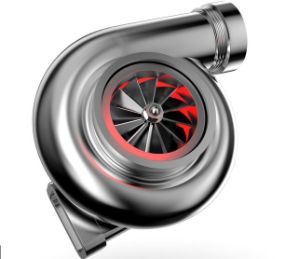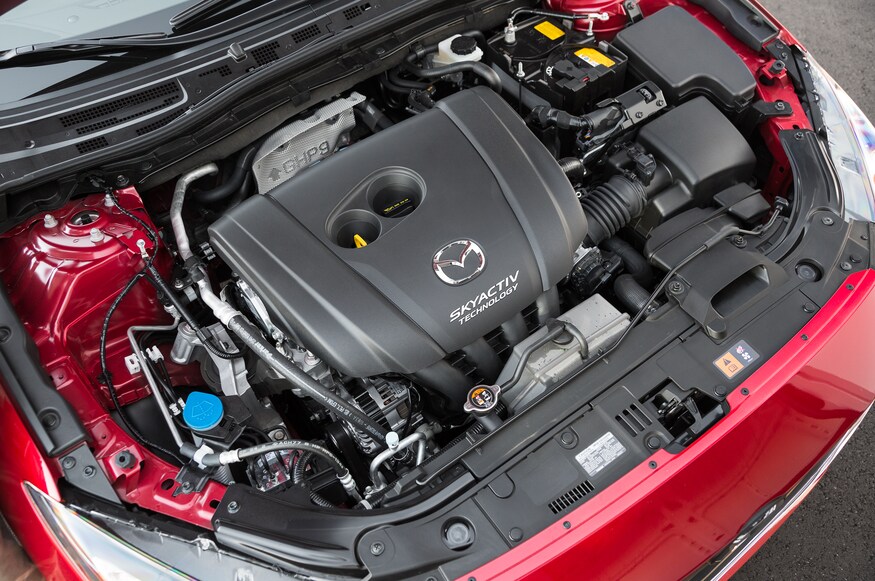Engines are to the car what heart is to a human. They run almost everything and just like a human heart they need power themselves. There are many ways to power engines and today we’ll take a look at two of them, Turbocharger and Natural Aspiration.
Brief Explanation Of Natural Aspiration

A naturally aspirated engine is a simple engine that doesn’t use anything special to power itself. It draws the air from outside at atmospheric pressure and pushes it on to the combustion chamber through an intake manifold.
Brief Explanation Of Turbochargers

Turbochargers are pretty much small turbines powered by exhaust and fresh air to increase the power of an engine by forcing more air into the combustion chamber. This forced air known as ‘boost’ causes a bigger bang in the chamber thus providing more power. The main reason for the boost is the pressure of the air is more than the atmospheric pressure.
Turbo Vs NA Engine
Below we will compare NA and Turbo on some points and see how they fare against each other in those sections.
Fuel Efficiency

You might be thinking that using a turbocharger is bad for efficiency and you are correct. However, there is one thing that gives them better efficiency over naturally aspirated counterparts if you look at the power they produce.
Read: Remembering the 2002 Hyundai Santro ZipPlus Automatic!
Let’s take some random numbers to give you a better idea. Say a 2.0L NA engine and a 1.5L turbo both of them produce same power however 2.0L NA consumes more fuel. Now if both the engines were similar NA would definitely do better but turbo on smaller engines gives the same power as bigger NA engines with less fuel.
Thus Turbocharger has better Fuel efficiency for the same engine output and they are better of being used in smaller engines.
Acceleration | Turbo Vs NA Engine
With its extra boost turbos have more power than their NA counterparts but acceleration is where they lag (pun intended). As turbos use exhaust gas to power themselves they need to build said gases and as you might have guessed there are no exhaust gases when you start the car. There are new technologies being made however that allows for better acceleration and almost no lag.
This in no way means that Turbos are worse than NA when it comes to acceleration because what they lack at the start they make up in mere seconds with their power.
NA’s have no lag when starting and you get a steady rise in power, unlike turbos. With its variable valve timing, it gets high torque at lower RPMs and high power at higher RPMs without any delay.
Download The GoMechanic App Now!
Complexity

As the rule of thumb says, the more parts something has the more chances of it causing issues. A turbo adds upon the already present NA system with more routings, intercooler, vacuum hose and a ton of plumbing. Failure of the entire system is easily possible due to a lot of parts in the play and even one not working part may lead to problems.
Popular Read: DCT vs CVT vs AMT | Choose The Best Transmission
NA on the other hand is simple thus is more reliable than a turbo because it has fewer parts that may fail. This makes the turbo a bit harder to maintain than NA engines
Power | Turbo Vs NA Engine

To be honest we all know where this is heading. The entire point of turbochargers is to add extra power to engines and they outperform NA in power by leaps and bounds. They are able to generate more power from smaller engines than NA can from bigger engines.
NA however not be left behind is seeing new technologies that allow it to boost its torque albeit not close to something like turbochargers. Mazda’s SkyActiv and SkyActiv-X have almost similar numbers to turbocharged engines although the later is still in testing stages
Till we see more from Mazda turbos are more powerful than NA sometimes even when using a smaller engine.
Is there a better engine to choose from these two?
Quite frankly no, even though turbo is taking over the worlds automobile market some companies like Aston Martin and Mazda refuse to give up NA engines and are bringing new technology that can challenge the turbo.
Similar Read: The Rise, Fall and Return of the Rotary Engine (Wankel Engine)







